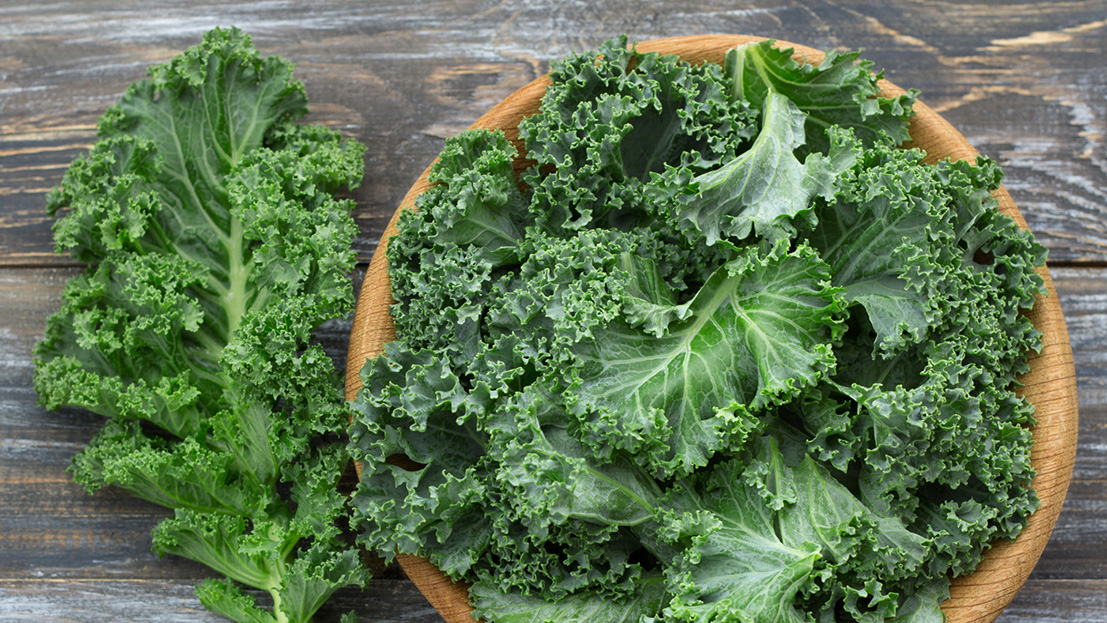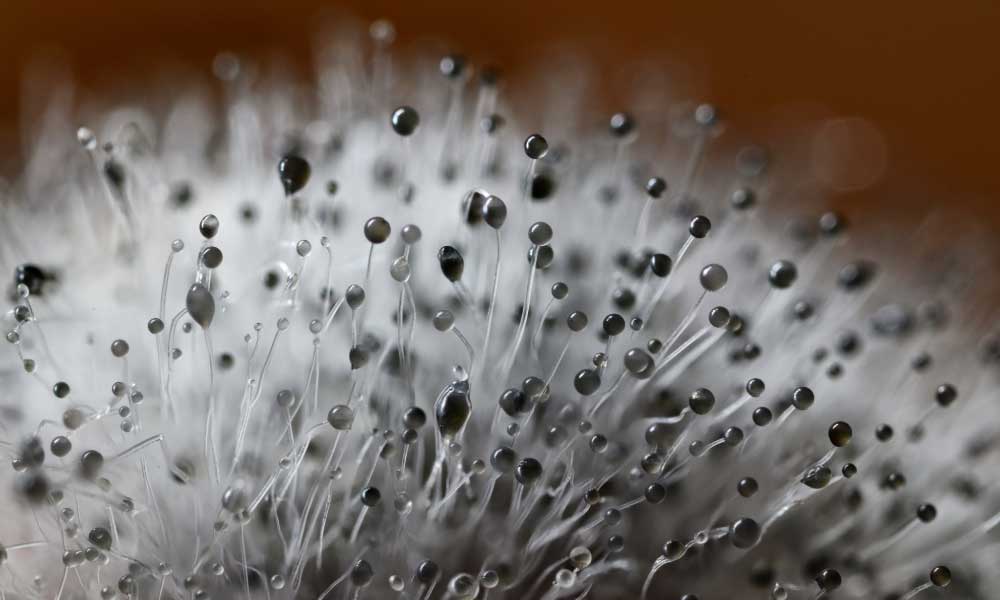
- Fun fact: Amaranth is a pseudo cereal grain, meaning it is not a true cereal grain, but a seed. Pseudo cereals such as amaranth, quinoa and buckwheat are classified in the same category as grains due to their similar nutrient content and preparation techniques.
- Amaranth is part of the Amaranthaceae botanical family which also includes beet, chard, quinoa, spinach, sugar beet and Swiss chard.
- Amaranth is naturally gluten-free and an outstanding powerhouse, nutrient rich food, making it a great choice for those on a gluten-free diet.
Nutrition
- 1 cup of cooked kale is an excellent source of Manganese, Vitamin C, Vitamin A, Vitamin E and a good source of calcium, riboflavin, folate, vitamin K and fiber.
- Manganese plays a role in fat and carbohydrate metabolism, calcium absorption, and blood sugar regulation. It assists the body in forming bones and connective tissues and is necessary for normal brain and nerve function.
- Vitamin C aids in the absorption of iron, helps keep bones and teeth healthy, and facilitates wound healing.
- Vitamin A is involved in immune function, reproduction, and supports the function of organs such as the heart, lungs, and kidneys. It is also critical for healthy vision.
- Vitamin E assists in the formation of blood vessels and immune function.
- Calcium promotes blood clotting, bone and teeth formation and supports nervous system function and hormone secretion.
- Riboflavin converts food into energy and aids in hormone production, red blood cell formation and nervous system function.
- Folate helps to prevent birth defects in pregnant women and is essential in red blood cell formation.
- Vitamin K is used by the body for blood clotting and bone building.
- Fiber aids in digestion by preventing constipation.
How to Purchase, Prepare, and Store
- Purchase kale year round at grocers. Kale is available fresh and frozen.
- Choose kale with small to medium leaves which will be more tender than kale with larger leaves which are more fibrous.
- Select kale with vibrant green leaves and avoid those with yellow or brown leaves.
- Store it in a plastic bag in the refrigerator for up to five days.
- Prepare by washing leaves thoroughly. Leaves may need to be soaked in cold water if they contain large amounts of dirt. Re-rinse with cold water if needed until leaves are void of dirt.
- Remove the center stalk using a knife or tear with your hand. Chop leaves to desired size and prepare.
- Kale can be eaten fresh or cooked. Add to your favorite salads, soups, stir fries or smoothie recipes.
Nutrition Facts
1/2 cup kale cooked, boiled, drained, without salt
- Calories: 21.25
- Protein: 1.73 g
- Fat: 0.71 g
- Carbohydrate: 3.12 g
- Fiber: 2.36 g
- Sugars: 0.71 g
- Calcium: 88.5 mg
- Magnesium: 14.75 mg
- Potassium: 85.0 mg
- Vitamin C: 10.5 mg
- Folate: 38.35 µg
- Vitamin A: 86.0 IU
- Vitamin K: 246.5 µg
1 cup raw kale
- Calories: 8.86
- Protein: 0.60 g
- Fat: 0.30 g
- Carbohydrate: 0.91 g
- Fiber: 0.84 g
- Sugars: 0.16 g
- Calcium: 52.3 mg
- Magnesium: 6.74 mg
- Potassium: 71.7 mg
- Vitamin C: 19.2 mg
- Folate: 12.8 µg
- Vitamin A: 49.6 IU
- Vitamin K: 80.3 µg
Source: fdc.nal.usda.gov
Recipes
Request an Appointment
